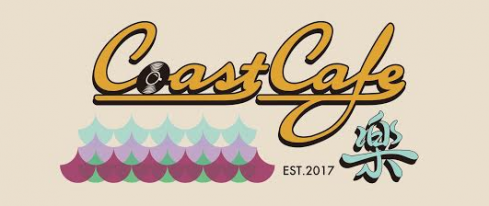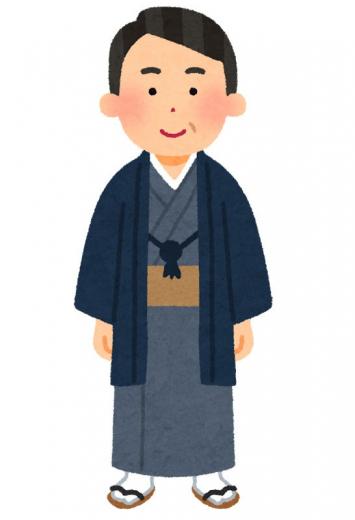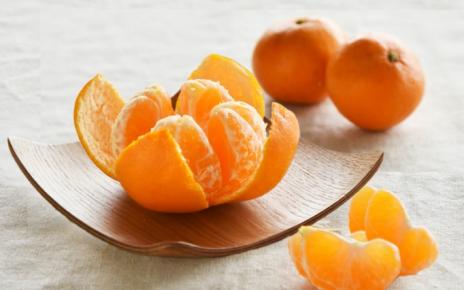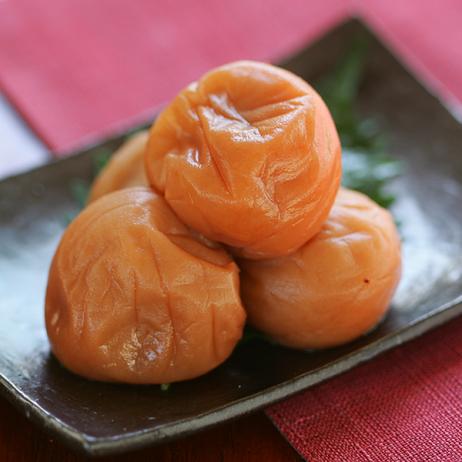1 和歌山県日高エリアの自慢The pride of the Hidaka area in Wakayama Prefecture |
1.和歌山県日高エリアを紹介する観光総合サイト(日高ヒストリー) Comprehensive tourism site introducing the Hidaka area of Wakayama Prefecture (Hidaka History) | 和歌山県日高エリアを紹介する観光総合サイト(日高ヒストリー) 四季おりおりのイベントや特産品、観光スポットもあります。 There are also seasonal events, special products, and sightseeing spots. |
2.和食Japanese food 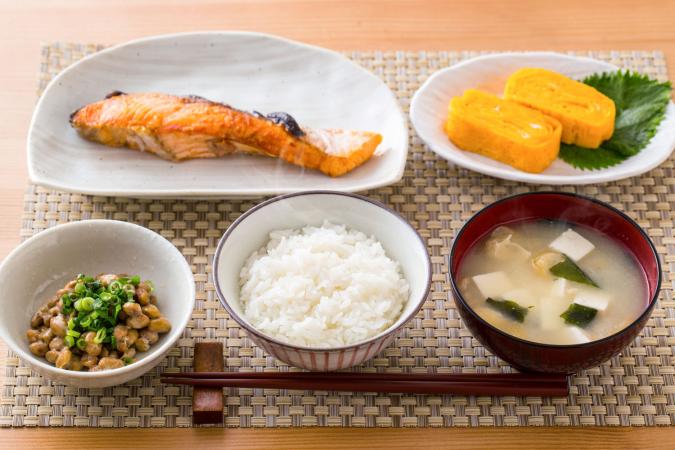 | 和食は、「ごはん」、「汁しる物」、「おかず」、「つけ物」の組み合わせが基本形。 和食はだし汁、塩、味噌、醤油など最低限の調味料で素材の持ち味を活かします。 特に「だし汁」は、鰹節や昆布を使ってうま味を出します。 Japanese food is basically a combination of rice, soup, side dishes, and tsukemono. Japanese food uses a minimum of seasonings such as dashi soup, salt, miso, and soy sauce to bring out the natural flavors of the ingredients. In particular, the dashi soup uses bonito flakes and kelp to bring out the umami. |
3.醤油と鰹節は和食の重要な要素Soy sauce and bonito flakes are important elements of Japanese cuisine | なんと、日高エリアに醤油と鰹節の発祥地がありますSurprisingly, the birthplace of soy sauce and bonito flakes is located in the Hidaka area. |
4.醤油の発祥地 /由良町 興国寺 Birthplace of soysauce/Kokokuji, Yura Town: | 覚心(法燈国師)が宋から醤油の製法を伝えたとされる Kakushin (Hoto Kokushi) is said to have brought the soy sauce manufacturing method from the Song Dynasty in China. |
5.印南町は「かつお節」の発祥地! Inami Town is the birthplace of bonito flakes! | 江戸時代、この印南浦から三人の偉大な漁民を生み出しています。鰹節製法功績者始祖の角屋 甚太郎と、 製法を伝授した森 弥兵衛、印南 與市(通称 土佐 與市)です。 During the Edo period, three great fishermen were born from Inamiura. Jintaro Kadoya, the founder of the bonito flakes production process, Mori Yahei and Inami Yoichi (commonly known as Tosa Yoichi) taught the manufacturing method. |
6.和歌山県日高郡が醤油と鰹節の発祥地とされる理由 Why Hidaka District, Wakayama Prefecture is considered the birthplace of soy sauce and bonito flakes? 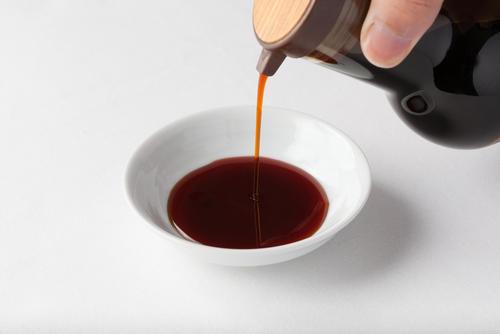 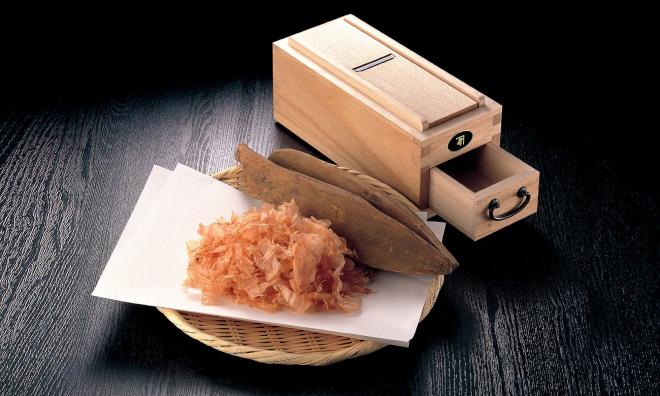 | 1)地理的制約: 和歌山県日高郡は、紀淡海峡を挟んで近畿地方と接しており、新鮮な魚介類が豊富に取れる海岸線を持っています。これらの食材を活用して醤油・鰹節を製造する環境が整っていました。 1)Geographical constraints: Hidaka District, Wakayama Prefecture borders the Kinki region across the Kitan Strait, and has a coastline rich in fresh seafood. I have. The environment was in place to make soy sauce bonito flakes using these ingredients. 2)古代からの歴史: 和歌山県日高郡は古代から文化が栄えた地域であり、漁業や農業などが盛んでした。 これにより、調味料の製法や保存技術が発展し、醤油や鰹節が生まれたと考えられています。 2)History since ancient times: Hidaka District, Wakayama Prefecture has been a region where culture has flourished since ancient times, with fishing and agriculture flourishing. It is thought that this led to the development of seasoning manufacturing methods and preservation techniques, leading to the creation of soy sauce and bonito flakes. 3)交流と伝統: 和歌山県は古代から国内(現在の大阪や京都周辺)との交流が盛んで、文化や技術の伝播が行われていました。この交流が、調味料の製法に新しいアイデアや技術をもたらした可能性があります。 3)Exchange and tradition: Since ancient times, Wakayama Prefecture has had active exchanges with other countries (around present-day Osaka and Kyoto), and is known for its culture and technology. was being propagated. This exchange may have brought new ideas and techniques to the production of seasonings. |
7. 醤油ができるまで How soy sauce is made | 1:32 |
8.鰹節ができるまで Until bonito flakes are made |
2 和歌山県の有田はみかん、和歌山県の紀南は梅干しの生産量が日本一Arita in Wakayama Prefecture produces mandarin oranges, and Kinan in Wakayama Prefecture produces umeboshi. No.1 in Japan |
|
|
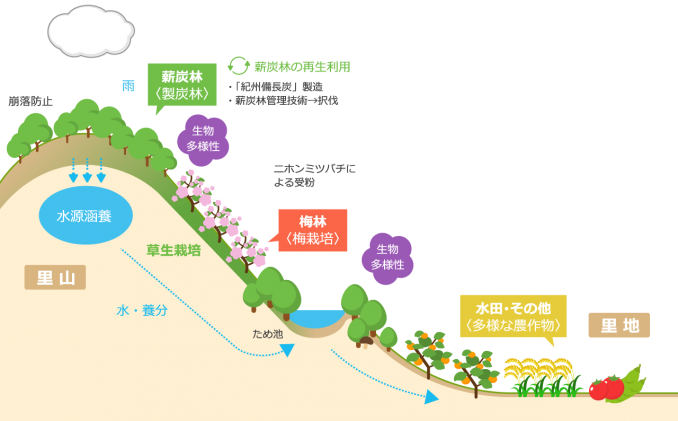
<江戸時代の紀州藩の役割>
江戸時代の紀州藩の農業振興政策や地域資源の活用、商業の発展が、和歌山県内の特産品の発展に大きな寄与をしました。そのため、紀北地域のフルーツ、有田地域のみかん、紀南地域の梅干しなど、特定の農産物が発展し、日本一の生産量を誇る地域として栄えた要因の一部と言えます。
The Kishu domain's agricultural promotion policies, utilization of local resources, and commercial development during the Edo period greatly contributed to the development of specialty products in Wakayama Prefecture. For this reason, certain agricultural products such as fruits in the Kihoku region, mandarin oranges in the Arita region, and pickled plums in the Kinan region have developed, and this can be said to be part of the reason why the region has flourished as the region with the highest production volume in Japan.
